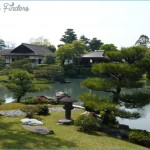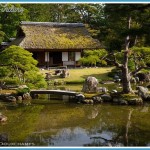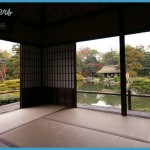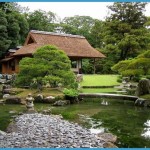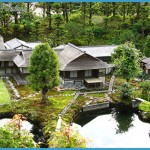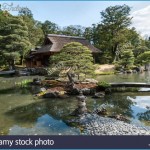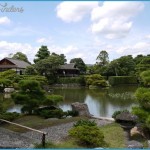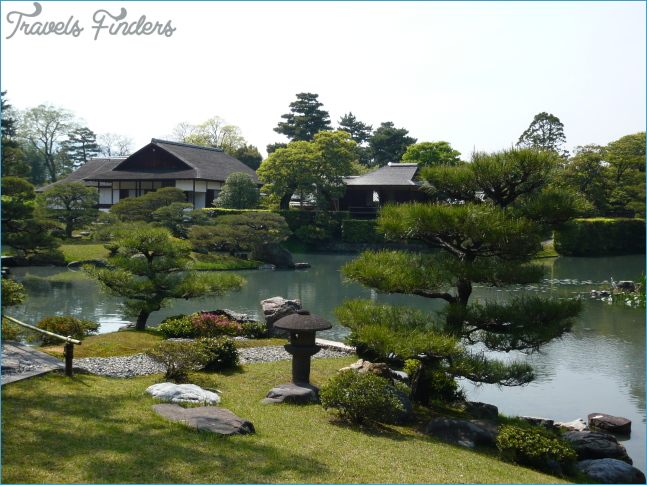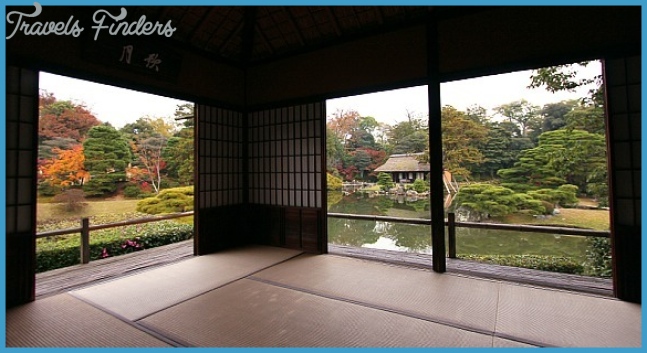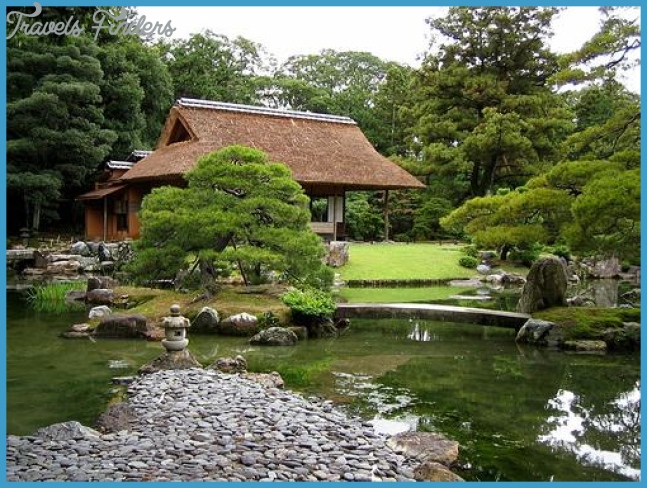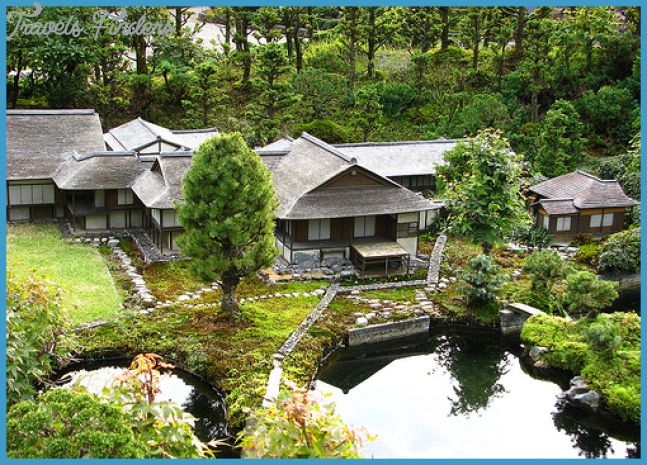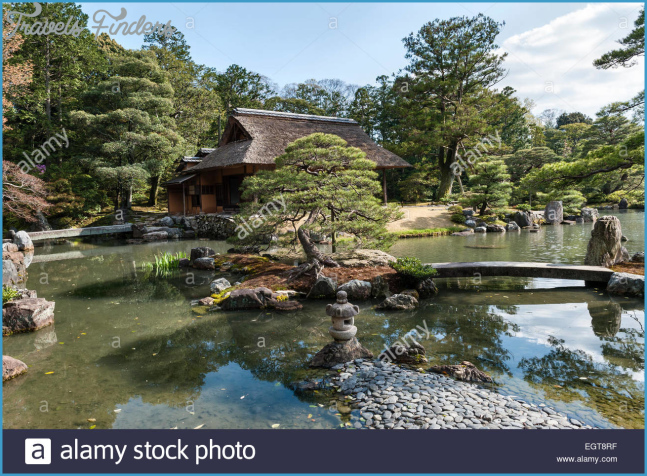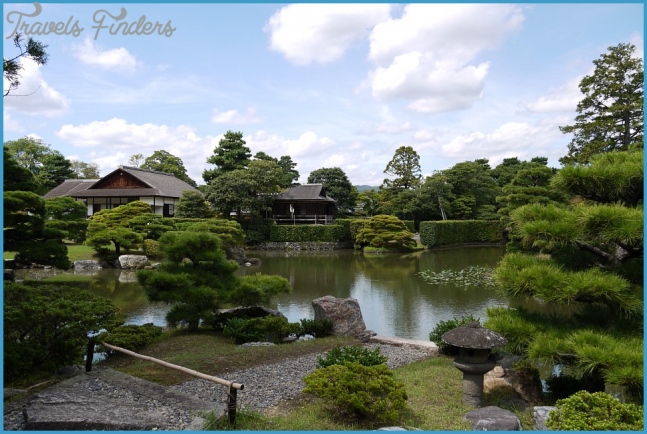Katsura Imperial Villa was constructed on the southern bank of the Katsura River in western Kyoto between 1589 and 1643, a retreat for generations of imperial princes devoted to the arts and literature. Zen philosophy and tea culture were incorporated with classical sukiya architectural style and garden landscaping design. The result is a masterpiece of timeless beauty, what the perceptive Bruno Taut declared to be “this greatest Japanese work of art.” Katsura’s beauty also lies in tiny details that are easy to overlook. Discovering delicate door pulls shaped like boat oars or duck-hunting arrows in a teahouse by the pond reveals the playful hearts as well as educated minds of those ancient princes and dedicated craftsmen.
Katsura Imperial Villa in Kyoto Photo Gallery
Other modernist 20th-century architects, including Le Corbusier and the founder of Bauhaus, Walter Gropius, who made a pilgrimage to Katsura Rikyu in 1953, were influenced by this most refined of imperial retreats. The villa’s seamless blending of architecture and garden also seems reflected in work by Frank Lloyd Wright, who certainly shared an appreciation of Japanese aesthetics. Considering the recently eased rules for visiting other Kyoto imperial properties, perhaps the somewhat long-winded expert guides at Katsura Imperial Villa will one day allow a free moment or two for contemporary visitors to savor their own impressions of this unique Kyoto treasure.
A composition of walkway stones and fallen leaves at the Shoiken teahouse.
The minimalist interior of the Gepparo tea pavilion, with shoji doors opened to a sunny morning.
Miyukimon is a traditional wooden gate with a thatched gable roof.
A gently arching earthen bridge connects islets in the garden pond.
Sliding fusuma panels at the Shoiken tea pavilion are playfully fitted with oar-shaped door pulls.
Elevated verandas and wide expanses of sliding washi paper door panels at the Shoin main building. A round teahouse window of bamboo and vine lattice. The sedate and timeless interior of the Shokintei tea pavilion is arguably the perfect embodiment of Japanese aesthetics.
Trees skillfully prepared for winter with komomaki protective straw wrappings.
The thatched Chumon Gate is also topped with moss.
The Shokintei tea pavilion contains a variety of apertures, including a low nijiriguchi “crawlingin entrance.”

